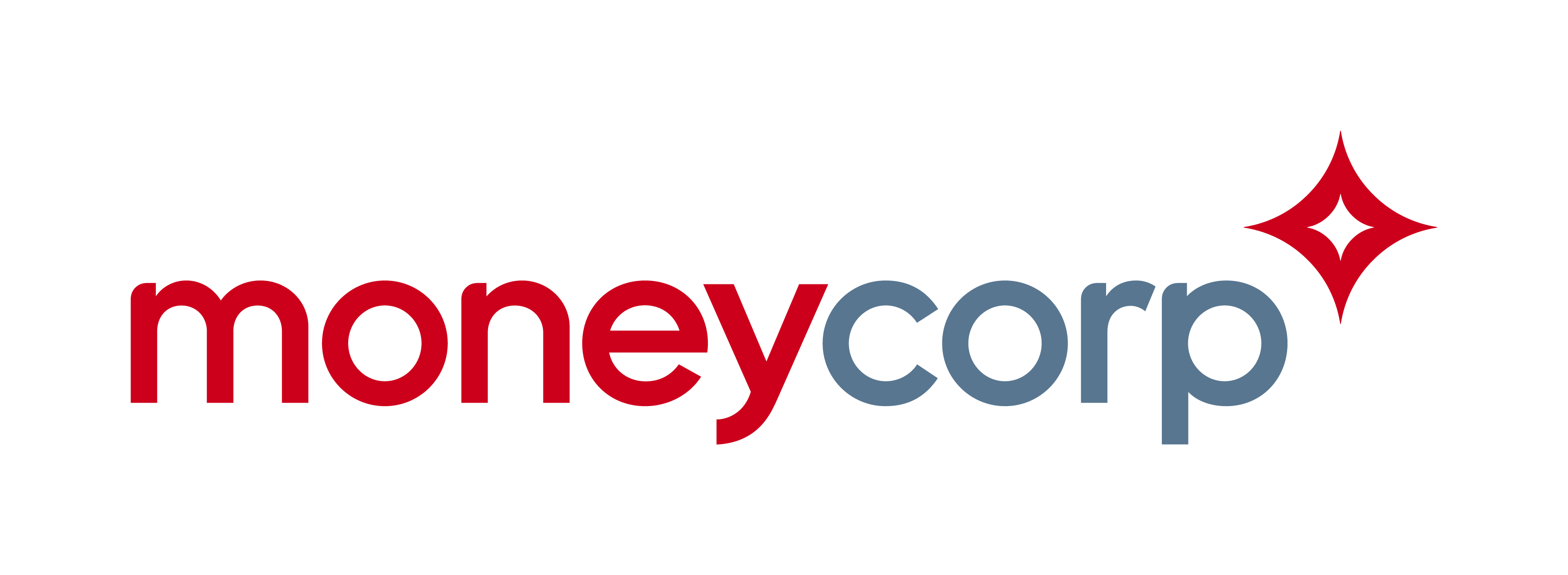Daily Brief

Recovery continues
3 minute readPricier houses
The economic data from Europe and the United States continued to tell of recovery. Housing ecostats in the USA showed prices heading higher, despite a slowdown in new home sales. German business confidence was buoyant.
The FHFA house price index was 1.4% ahead on the month and 12.6% higher in the year to March. Standard and Poor’s house price index posted equivalent gains of 1.5% and 13.2%. On the other hand, new home sales in April were 5.9% fewer than in March. That said, at 863k they were still considerably more than in most months following the global financial crisis. Other US data put the Richmond Fed’s manufacturing index a point higher on the month at 18 and the Conference Board’s index of consumer confidence “virtually unchanged” at 117.2
In Germany, Ifo reported that “sentiment among German managers has improved considerably”, with the business climate index nearly three points higher on the month at 99.2 in May. Companies are “more satisfied with their current business situation [and] regarding the coming months”. The euro barely reacted to the news. It is unchanged on average and a third of a cent stronger against sterling.
Reading between the lines
The Reserve Bank of New Zealand kept monetary policy unchanged this morning, leaving the Official Cash rate steady at 0.25%. In its statement, the bank described the current inflationary pressure as “moderate and temporary”, and offered the possibility of a lower OCR if necessary. Yet the NZ dollar strengthened by an average of 0.8%.
If that had been all there was to it, it would indeed have been a strange non sequitur. However, deep within the policy statement the statistical tables in Appendix 2 included the RBNZ’s estimates for OCR in the future. From 0.3% (rounded up from 0.25%) this year it takes the rate up to 0.7% by the end of next year and 1.5% in December 2023. The estimates are not a commitment to higher rates but it is clear that one or two rate hikes could be on the cards for the next 12 months.
Investors seized upon the numbers as proof that the RBNZ has suddenly become rabidly hawkish, and they marked the Kiwi higher. It is the day’s strongest performer by far, two and a quarter cents firmer against sterling and three quarters of a US cent to the good.
Central bankers return
Continuing the trend of the week, today’s agenda consists mainly of white space. With the unremarkable NZ balance of trade data out of the way, the rest of the day’s limited action centres on two central bank speakers.
The ecostats during London’s day cover Swedish unemployment and ZEW’s measure of Swiss business confidence. Tonight brings Australian private capital expenditure and, ahead of London’s opening on Thursday, German consumer confidence and Swiss international trade.
Federal Reserve Governor Randy Quarles will be making two appearances. Bank of Canada Deputy Governor Timothy Lane will take part in a panel discussion about the future of digital currencies.
Weekly roundup



